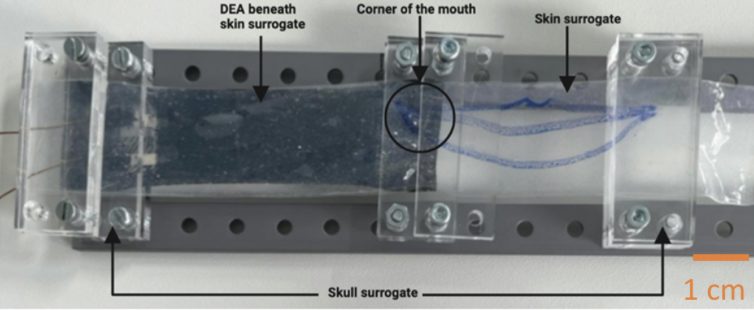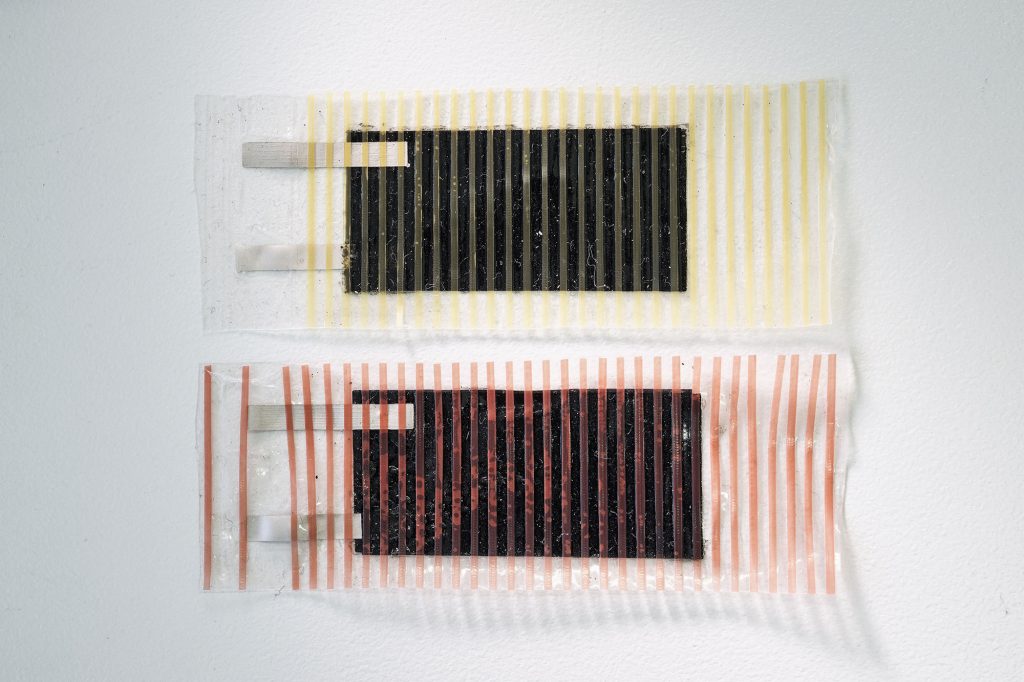
WSS Funding
Context
Facial paralysis is a highly burdening condition, resulting in a patient’s inability to move his musculature on one or both sides of his face. This condition compromises the patient’s communication and facial expressions, and thus dramatically reduces his quality of life. The current treatment for chronic facial paralysis relies on a complex reconstructive surgery.
Chosen approach
Our team is working on a novel, less invasive approach for dynamic facial reanimation. The use of a smart material, namely DEA’s is proposed for facial motion restoration, thus avoiding the traditional two-stage free muscle transfer procedure and allowing for a faster recovery of the patient.
Current state of the research
A study of the facial muscles and neural interfaces is performed, in order to implement a realistic setup. A non-invasive neural interface based on myoelectric signal is used in order to establish a real-time control of the actuator, showing that the use of DEA’s combined with a neural interface presents a promising approach for treatment of facial paralysis.
In order to guide the movement of the DEA and favor large deformations, we are also working on fibre reinforcement of the soft actuators.

Publications
Please note that the publication lists from Infoscience integrated into the EPFL website, lab or people pages are frozen following the launch of the new version of platform. The owners of these pages are invited to recreate their publication list from Infoscience. For any assistance, please consult the Infoscience help or contact support.